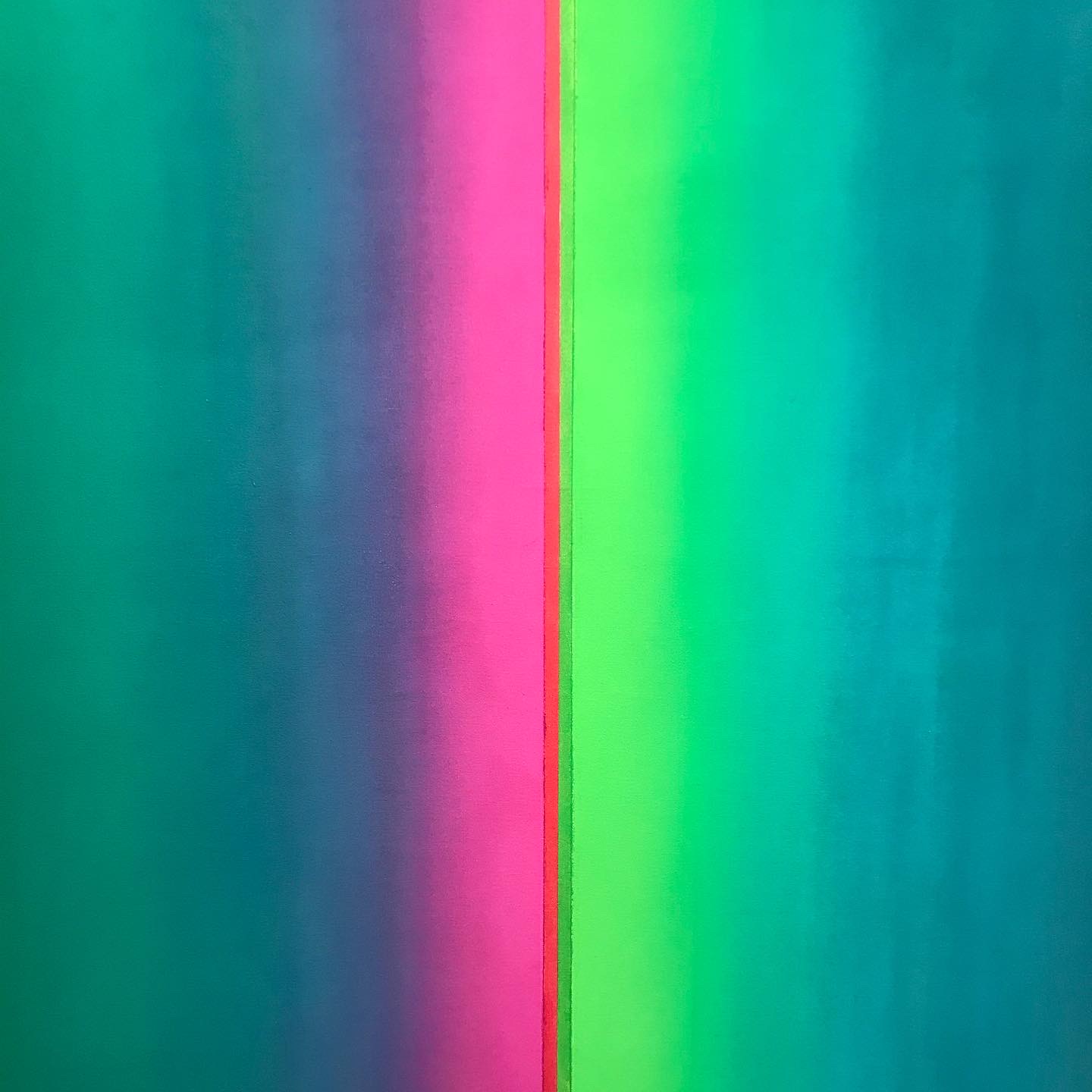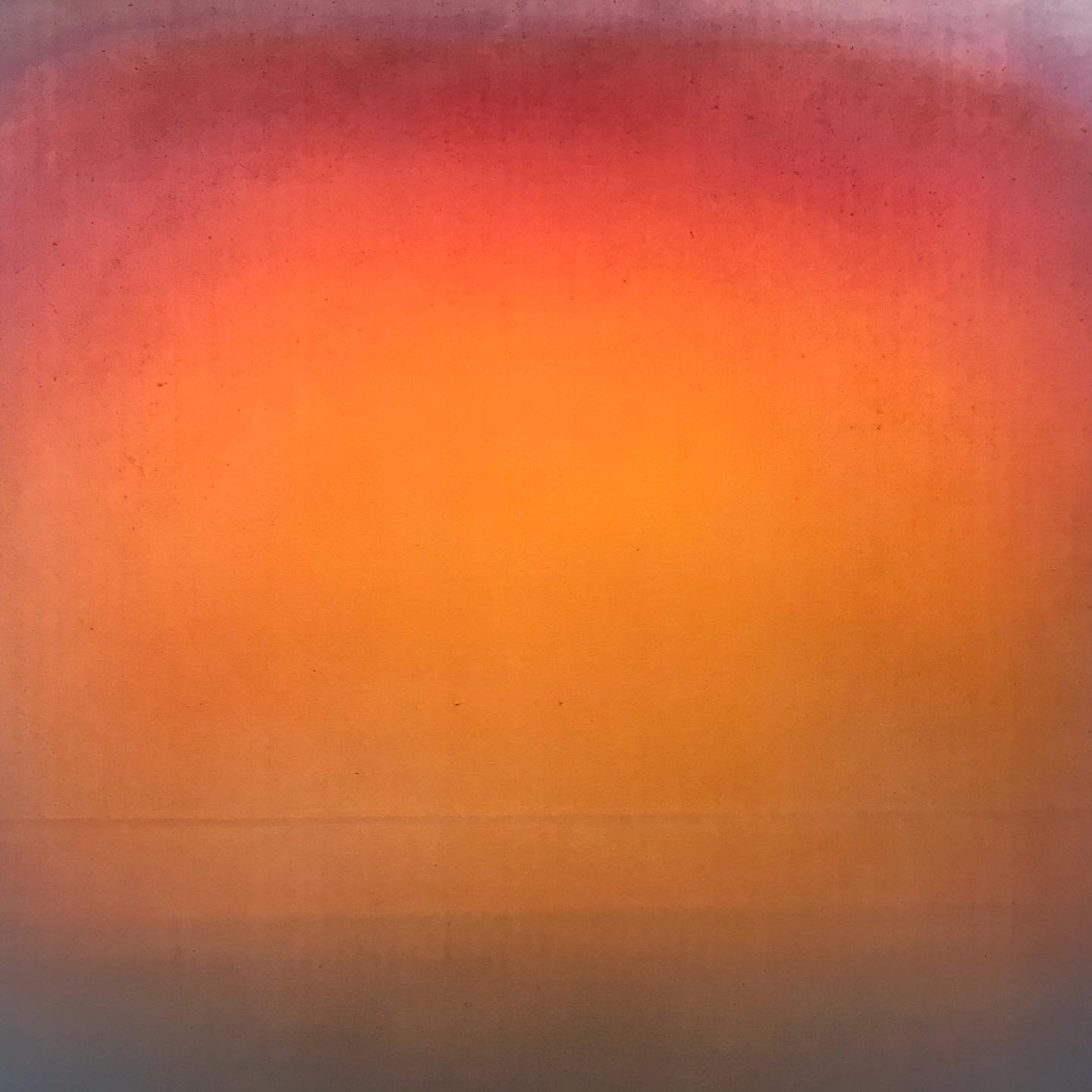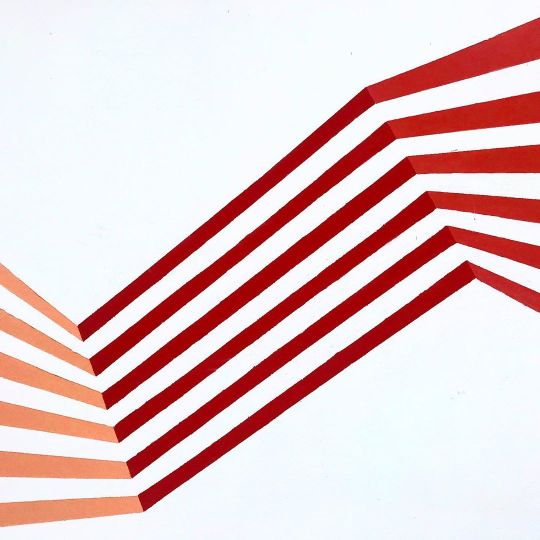It was no simple task, though Archimedes was the first to find an area of a circle, using the simple geometry tools better suited for measuring things more rectangular -- the easy work of multiplying height and width.
In "Infinite Powers: How Calculus Reveals the Secrets of the Universe," Steven Strogatz explains how Archimedes figured it out, and, in the process, discovered the basic engine of calculus.
He asks us to think of the circle in terms of a round pizza pie. Or many of them, rather. As you know, the radius of a circle, the pie in this case, is the length between its edge and its center, and the circumference is the length around the perimeter of the pie.
Cut the pie into four pieces.
Now rearrange them in such a way that it approximates the shape of a rectangle (To help, cut one
edge piece in half and move the other half to the other side, squaring it off a bit more). The resulting form will roughly be like a rectangle, though
still quite bulbous, and hence immeasurable. Cut another pizza into eight pieces and arrange them into the same pattern, you will find it is
slightly less bulbous and slightly more rentangle-ish.
Repeat, repeat, and repeat. The more slices of pizza there are from the pie, the more closely the rearrangement adheres to a proper rectangle.
(the "limiting rectangle.")
In the shape of a rectangle, the circle would be easy to measure, Archimedes found. The height is the radius of the circle and the width is half the circumference, since half the pizza slice edges make the bottom and the other half make the top. Ergo r * c/2.
You never get to the fully perfect rectangle, but you will probably get to the point of accuracy that you need, by the required approximation. This is the power, and the danger, of calculus, to ride this infinity.
"Everything Becomes Simpler at Infinity," Strogatz writes.
As The Divisor Approaches Infinity...
Calculus is a set of reasoning based on the measuring curves, motion, and change, by exploiting the properties of infinity.
Curves were a challenge to early mathematicians. Forward progress was made only when they were treated as if they were made up of an infinite set of tiny straight lines, which, when added up, could serve as a definition of the curve. Isaac Newton who first discovered this process of adding them together. Motion, in effect, is a series of infinitesimally small steps. In fact, any continuous motion, or process, can be thought of as an infinite set of discrete elements, which can be added together to represent the whole.

"The idea of using infinity to solve difficult geometry problems has to rank as one of the best ideas anyone ever had," Strogatz wrote, said of Archimedes work.
At the same time, however, infinity brings with it assumptions troubling to math's rational foundation.
Let's go back to the pie. How many slices would it take to fully match the rectangle shape? As the divisor approaches zero, the answer approaches infinity. "Logically, it would take an infinite number of slices, with each slice having a length of zero." This is true no matter the size of the pie itself. This is problematic, because there is no reliable way of multiplying infinity by zero. It will result in any number you want. Dividing by zero is verboten in mathematics and infinity is the reason why.
The Width of Infinity
Anything in the universe, no matter how big or small, or the length between them, can be expressed within 60 digits.
One might get fooled into falling for Zeno's Paradox, where Achilles never catches up with the turtle, who was given a headstart. In the time it takes Achilles to catch up to the tortoise, it has inched ahead, in successively smaller increments.
Zeno also observed, in another paradox that he presented to the world, that if space and time are discrete, then something can not really be "moving" from one location to another. At sufficient resolution, something is either one location, or another.

We can't just keeping dividing things into smaller increments -- at some point
There are three fundamental constants of nature: The strength of gravity in the universe, the strength of quantum effects, and the speed of light.
Max Planck figured out how to combine these constants to come up with a measure of the universe. The smallest distance possible would be 10-35 meters.
The time it would take light to traverse the universe would be 10-43 seconds.
"These numbers put a bound on how fine we could ever slice space and time," Strogatz wrote. "Space and time would no longer make sense beyond these scales."

